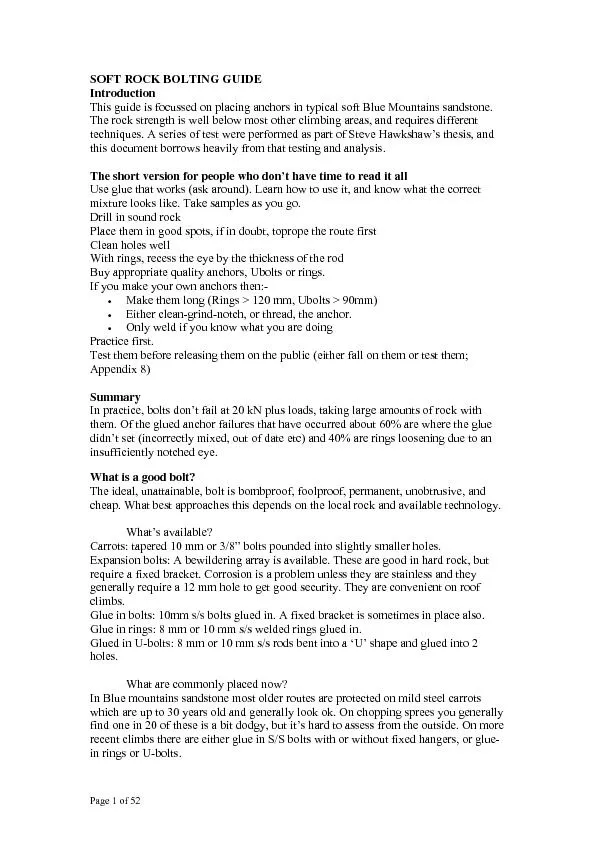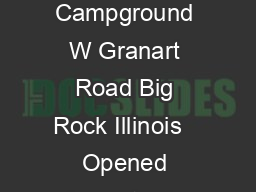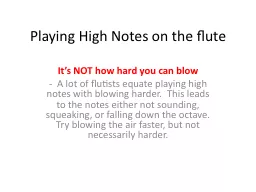PDF-Page 2 of 52 On harder rock such as Nowra and Victoria, there are expa
Author : marina-yarberry | Published Date : 2016-05-15
Figure 1 EN 959 strength requirements A rope has a maximum impact force of about 8kN these can be almost be doubled at climbing falls are down at about 3kN Grigri146s
Presentation Embed Code
Download Presentation
Download Presentation The PPT/PDF document "Page 2 of 52 On harder rock such as Nowr..." is the property of its rightful owner. Permission is granted to download and print the materials on this website for personal, non-commercial use only, and to display it on your personal computer provided you do not modify the materials and that you retain all copyright notices contained in the materials. By downloading content from our website, you accept the terms of this agreement.
Page 2 of 52 On harder rock such as Nowra and Victoria, there are expa: Transcript
Download Rules Of Document
"Page 2 of 52 On harder rock such as Nowra and Victoria, there are expa"The content belongs to its owner. You may download and print it for personal use, without modification, and keep all copyright notices. By downloading, you agree to these terms.
Related Documents














